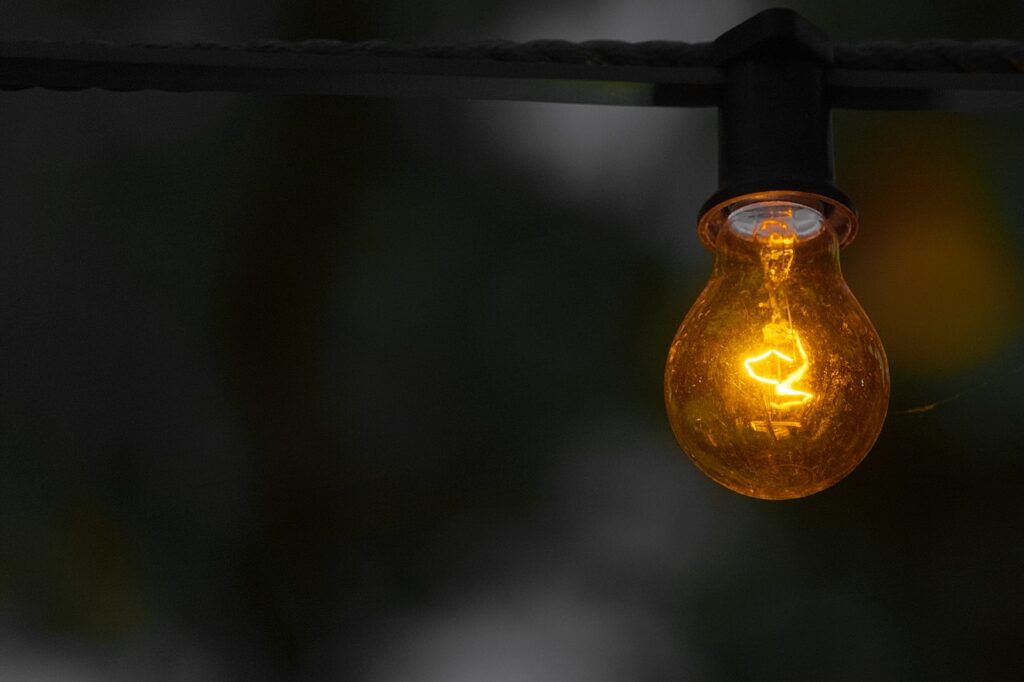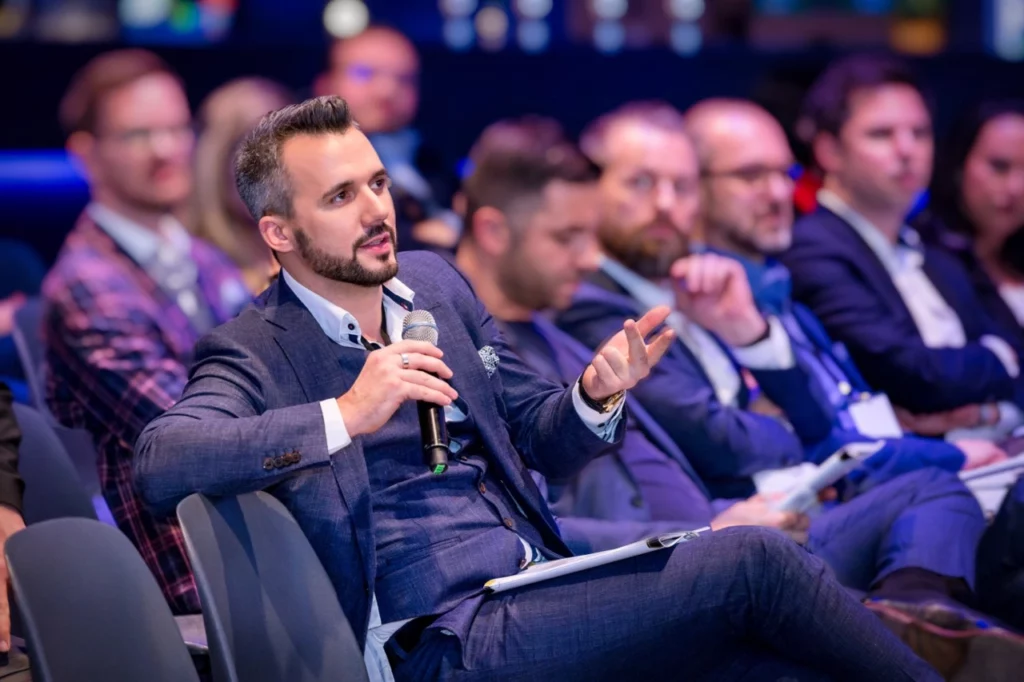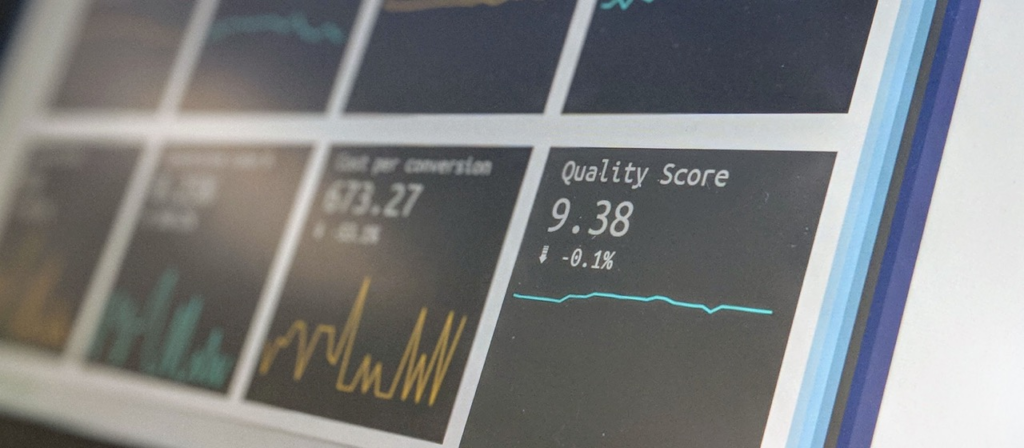The terms “invention” and “innovation” are often used interchangeably, but there is a big difference between the two. An invention is a new product or process, while innovation is the implementation of a new or improved idea. In other words, an invention is something that someone has never thought of before, while innovation is taking an existing idea and making it better. Many people think that inventors and innovators are the same thing, but they are not. Inventors come up with ideas for new products or processes, while innovators take those ideas and turn them into reality. Both skills are important in today’s ever-changing world. So which one are you?
Invention is creating something new, while innovation is improving upon an existing idea or product
Developing successful innovations can be essential to the development of a company’s competitive strategy, and invention and innovation play key roles in that development. Invention is defined as creating something new, while innovation is defined as improving upon an existing idea or product. Companies striving to innovate must focus on developing powerful ideas that start with a new idea, but then bring about improved versions of existing ideas. This creative utilization of invention and innovation has the potential to revolutionize development departments across the globe.
Innovation can be incremental or radical, while invention is always radical
Innovation can be a key component in any growth strategy, and it can come in many forms. Incremental innovation involves making improvements to an existing product or process over time, while radical innovation is the creation of a new idea or concept. Invention is always considered a radical form of innovation since new ideas are being brought forward. Companies must leverage both forms of innovation to stay ahead of competitors, while encouraging others to pursue new technologies and ideas. In such a rapidly changing world, success depends on adapting strategies quickly and efficiently to ensure that new ideas are at the forefront of any organization’s mission.
Innovation often happens when someone takes an inventive idea and makes it better, more efficient, or more user-friendly
True innovation often happens when someone takes a purest sense of an inventive idea and makes it better from both a technical perspective and within the scope of new and innovative business models. After all, great innovation can oftentimes be interpreted as something that is disruptive and critical – taking an idea to the next level in order to offer meaningful value to customers. To innovate effectively, you must be willing to open your mind and think outside the box.
Many inventions never make it to the market because they are not innovative enough to improve upon existing products or ideas
The digital age has opened greenfield opportunities for organisations to research and develop new inventions with the prospect of financial gain in the commercial market. While some inventions become widely adopted, others tend to remain unseen or overlooked because they’re either not innovative enough to improve upon existing products or ideas or too expensive to produce. Therefore, it’s important for organisations to have a clear market strategy in order to pinpoint their target audience and avoid wasting their resources on development projects that may never come to fruition.
To be truly innovative, an invention must offer a significant improvement over what already exists
Nowadays many ideas are thrown around, and inevitably many of them are similar. But in order to be truly innovative, an invention should not just offer evolutionary changes from what exists – it must offer significant differences that make a meaningful contribution. This is because the world is constantly growing, developing and changing; inventors need to stay ahead of the curve by coming up with something completely revolutionary and new. To be truly innovative requires more than simply altering existing products or technologies – it requires offering a unique solution that cannot be found anywhere else.
Conclusion:
A new concept or product that has never been seen before is called an invention. On the other hand, innovation refers to the realization of this idea for the first time.
Invention is about conceptualizing a unique idea and how it works in theory. Innovation, conversely, is all about putting the plan into action.
The origination of a novel concept requires scientific knowledge and understanding. By contrast, innovation necessitates the use of marketing, technical and strategic skillsets.
The spark for inventing something often strikes a scientist suddenly when they think of something fresh. In comparison, innovation is inspired by unfulfilled needs for different products and their improvement.
The development of an invention typically involves one product or process only while innovation incorporates multiple products and services together.
Lastly, invention carries out in the research and development sector whereas innovations are integrated all throughout an organization.
Ultimately, it is clear that invention and innovation go hand in hand. They always will. Inventing something new is always a radical change, while innovation can be either radical or incremental. Moreover, it takes innovation to bring an invention to market, as merely being inventive isn’t enough; the product must improve upon existing ones and offer a noteworthy improvement to take off. To truly be successful, it is important for developers to understand both aspects: truly innovative ideas require thoughtful experimentation and iteration. By continuously striving to innovate over traditional processes and workflows, they can make sure they are taking advantage of the newest technology in order to develop the most efficient solutions possible – benefiting all involved along the way.


